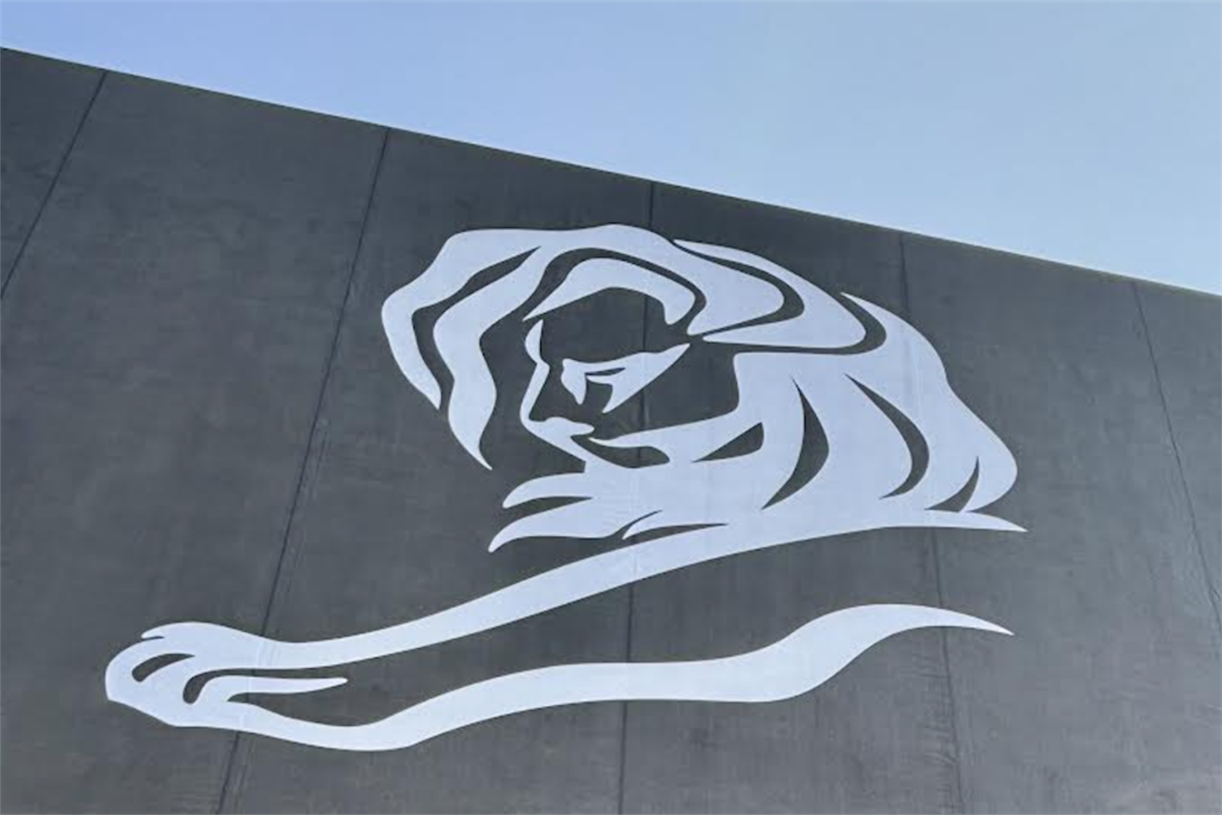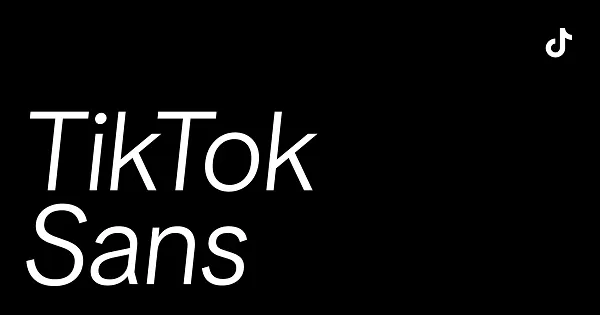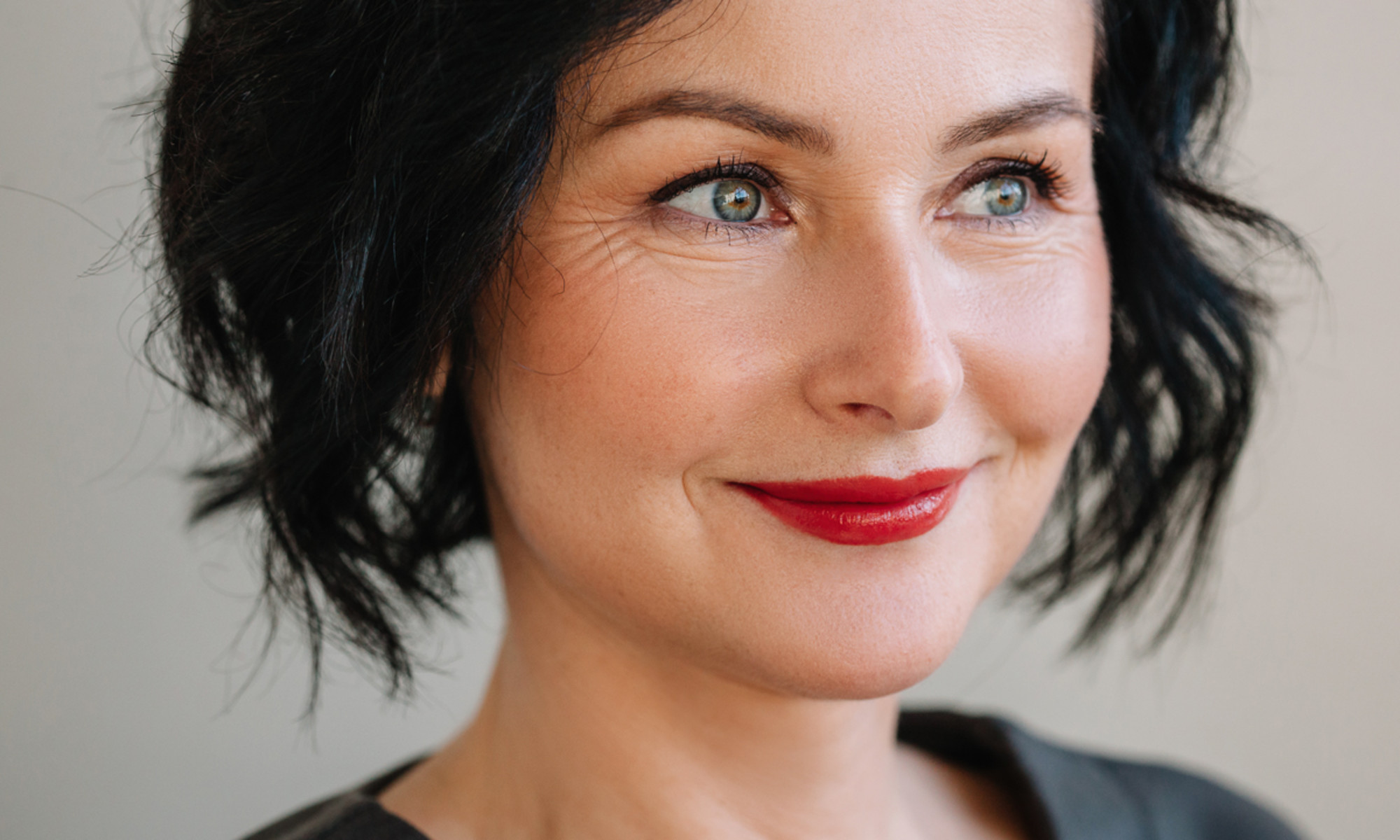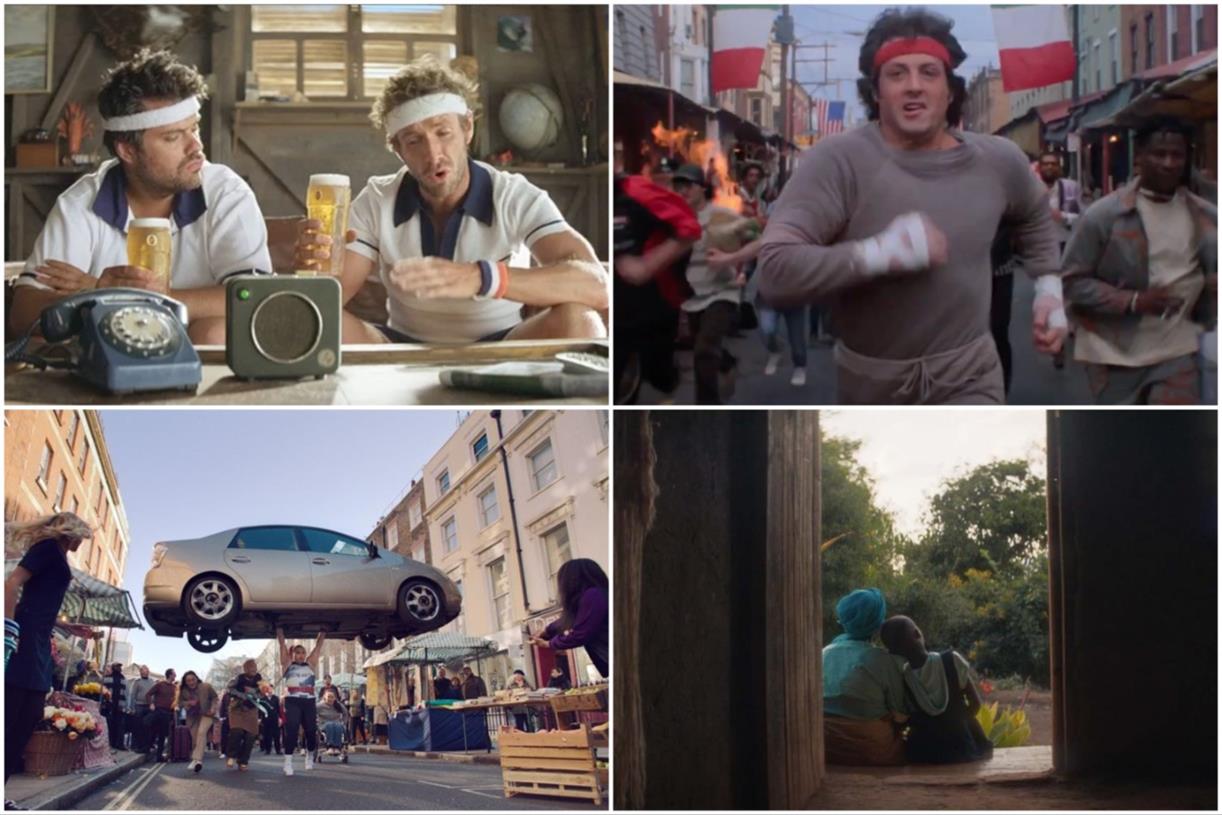The Hula Sutra
The spirit of aloha helps us see beyond the small self. June Ryushin Tanoue on why she dances through the challenges of life. The post The Hula Sutra appeared first on Lion’s Roar.
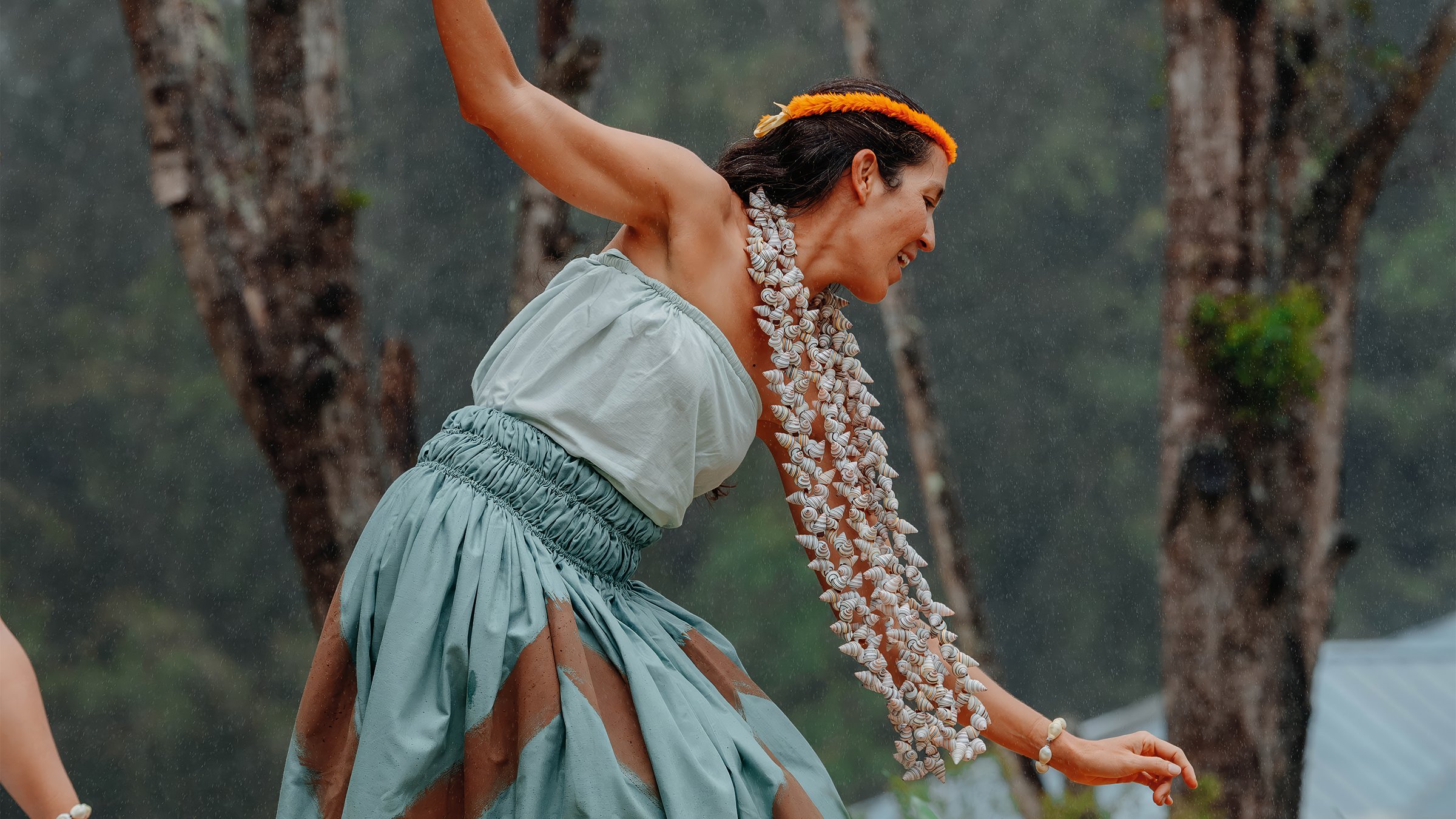
In the middle of the Pacific, 2,500 miles away from the nearest continent, lies a chain of islands called Hawaii. The weather is mild and sunny with trade winds that often keep the humidity in check. Fragrant flowers and salty sea air embrace you. Colors are vivid; mountains are vast. Amidst this beauty, powerful storms and volcanic eruptions occur. Hula and I were born from this rich environment.
My mother told me that at age six, I asked her to take me to hula class. She took me to our local Shingon Buddhist temple where Louise Beamer taught hula to children of many ages. Aunty Louise played her ukulele and sang while we danced. Her instruction was gentle. I was entranced.
Dancers must be in touch with their bodies. We must know where our torso, head, arms, hands, legs, and feet are in time and space. This requires mindfulness and practice. It’s a source of focus and concentration as we learn to tell a story with our bodies.
“Both meditation and hula are pathways to healing yourself.”
The tradition of hula dates to before 1000 CE. The culture was passed down through stories in the form of chants and dance. Foremost was love of the land. The late Hawaiian scholar and educator Mary Kawena Pukui said, “Hawaiians were lovers of poetry and keen observers of nature. Every phase of nature was noted and expressions of this love and observation woven into poems.”
Kumu hula (master hula teachers) are inspired by the poetry to choreograph hula and then teach it to students. When hula is performed, it brings the past—culture and values—into the present.
Hula is taught and learned slowly. Feet movements are learned first, then only arm motions. When your body knows both, you slowly put them together. This thoughtful repetition of movement is how your body memorizes the hula’s message or story. At some point, you become the message, and the message becomes you.
Similarly, when you chant a Buddhist sutra repeatedly, you memorize it, and the message of the sutra works on you in an even deeper way. Chanting the Heart Sutra, we hear words that describe emptiness over and over. Though we may not understand with our intellect, our heart understands. The sutra doesn’t immediately make sense with its “no eye, ear, nose, tongue, body, mind; no color, sound, smell, taste, touch, phenomena; no realm of sight, no realm of consciousness; no ignorance and no end to ignorance.” But keep chanting it, and at some point, light enters.
Hula can also be no eye, ear, nose, tongue, body, or mind. When your body has memorized the dance, and you relax into the moment and forget self-consciousness, yet still know exactly where you are, a kind of samadhi arises. Extraneous things leave. Everything flows.
Aloha is the foundation of the Hawaiian culture. Aloha not only means hello and goodbye, it means love in the form of generosity, respect, and compassion, and it pervades the culture in the form of respecting elders, specific places on the islands, and strong experiences that inspire and encourage people to grow. The twentieth-century kumu hula Ma‘iki Aiu Lake said, “Hula is everything we hear, taste, touch, feel, and smell.” In essence hula is our life.
Zen is also life. The founder of the White Plum lineage, Taizan Maezumi Roshi, said, “Appreciate your life.” We do this when we wake up to our senses and know what they’re telling us about ourselves and the environment.
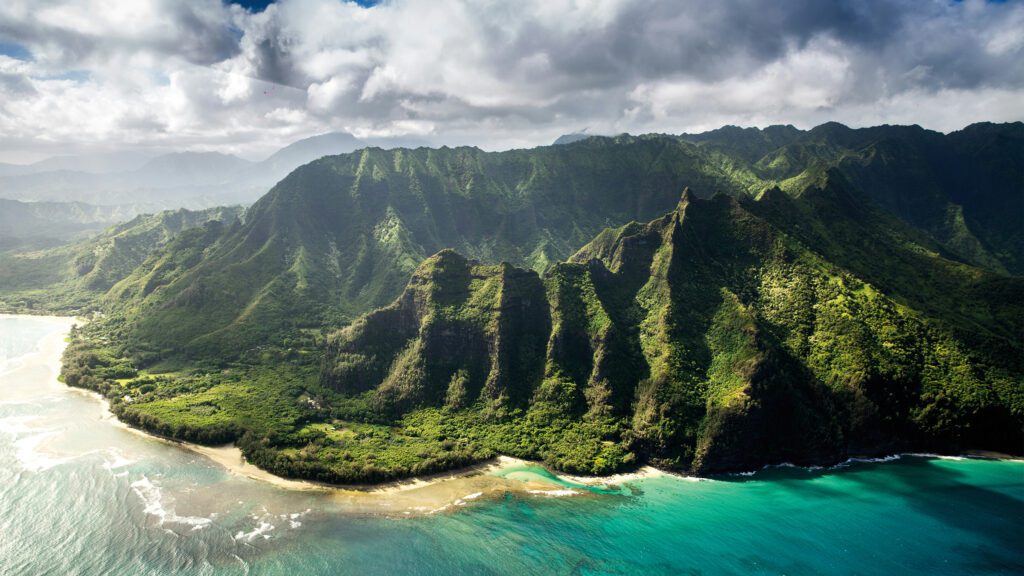 Photo by Braden Jarvis
Photo by Braden JarvisThe function of aloha is to help us see beyond the small self and lead a bigger life to be of help in our communities. This is also what bodhicitta is—the quality of awakened heart-mind, which sees beyond the ego and becomes a vehicle for service.
Hula with its melody, chant, and beat of the drum or double-headed gourd was meant to mesmerize the gods. I’ve been mesmerized by hula on many occasions, especially when the dancers have practiced so much that they dance wholeheartedly as one body.
When I first started to practice hula seriously as an adult, I wanted to learn to chant. In Hawaii, whenever there are festivals or gatherings, there’s a chanter who starts with a heartfelt prayer. Whenever I heard these chanters, I’d weep. I wanted to understand this art that moved me. After I found my kumu hula, I realized chanting was just one part of the hula curriculum. But it didn’t matter. I loved it all—the dancing, the chanting, the making of instruments, researching Hawaiian culture, and my kumu and hula sisters who were supportive partners on this path of hula discipline.
There’s a lot of memorization and practice required to deeply embody and understand hula. I studied hula for twelve years on Hawaii Island and graduated in three traditional hula ceremonies as a dancer, keeper of the chants, and kumu hula. Hula had become integral to my life—a deep part of me and my spiritual practice.
I moved to the continent in 2001, and soon I started teaching hula in New York City and Chicago. Then in late 2019, Covid came into everyone’s life. People were dying by the thousands. Grief, loss, and fear were in abundance. Kaiona, the Hawaiian goddess of the lost, reentered my life then, and I recognized her as a Hawaiian bodhisattva.
I was first introduced to Kaiona about a decade before Covid when I heard the Hawaiian musician Keali‘i Reichel singing about her. This song was so soothing; I immediately loved it.
Though I’m not a native Hawaiian speaker, I’ve learned to pay attention when the melody of a song holds me and doesn’t let go, and I translate the Hawaiian lyrics to find out what they mean. I’m never disappointed.
As we learn in the song, Kaiona, the goddess of the lost, lives on Mt. Ka‘ala on the island of Oahu. She’s deaf and blind. So, how does she hear or see people who need her help? Somehow, she does.
I choreographed a hula to Keali‘i Reichel’s “Kaiona” in 2009 as a gift for my husband for our twenty-first wedding anniversary. In 2020, I taught this hula to my students on Zoom to soothe their grief and fear.
We took time with this hula. With repetition, our bodies memorized hand and feet movements; our minds studied the lyrics. Then we added emotions to the movements. Covid was a time of feeling ungrounded and lost. How do we dance that? And how do we dance compassion?
The first two verses of this hula are about wandering astray, lost. Our path is obscured because of our desires, fickleness, and entanglements. Then slowly we realize that many shiny distractions keep us lost. There’s a way out.
We ask for knowledge and insight to show us the path. Asking for help can be hard. Yet it’s part of the process of healing. Kaiona sends her pet birds, especially her favorite great frigate birds, to help us. With the path made clear, we are walking it again. Perhaps we’ve been walking it all this time.
The third verse reminds us there are ups and downs in life. Sometimes our path is clear and easy. Sometimes our path is dark and scary. The going can be rough. Yet we persist.
The final verse tells us that the heart’s sweet essence is always here. What’s this sweet essence, the sparkle of the heart? Is it joy or aloha? Can we find it by dancing hula? And does meditation really help? I’ve found that both practices are infused with compassion or aloha. The stillness of meditation helps me let go of extraneous thoughts that constantly arise. Meditation nourishes my mind, which strengthens my understanding of hula, and dancing hula nourishes my body. It helps me dance through life with all its challenges.
When you have a quiet but strong intention to be of service, you know that you must also care for yourself so you can be more effective in serving others. Both meditation and hula are pathways to healing yourself and—since we’re deeply interconnected—the world.
Zen teacher June Ryushin Tanoue is cofounder of Zen Life & Meditation Center and the founder of Halau i Ka Pono, the Hula School of Chicago.

 Konoly
Konoly 








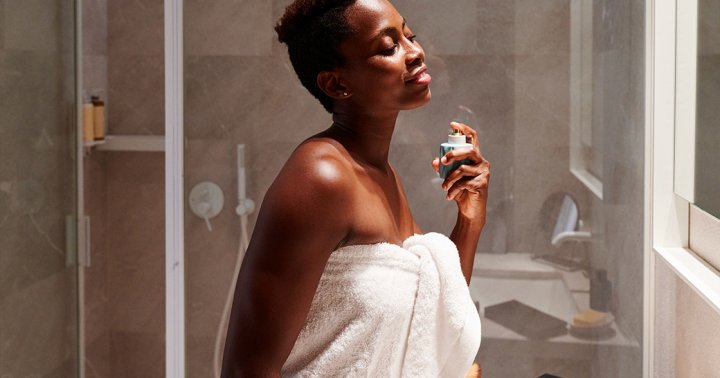

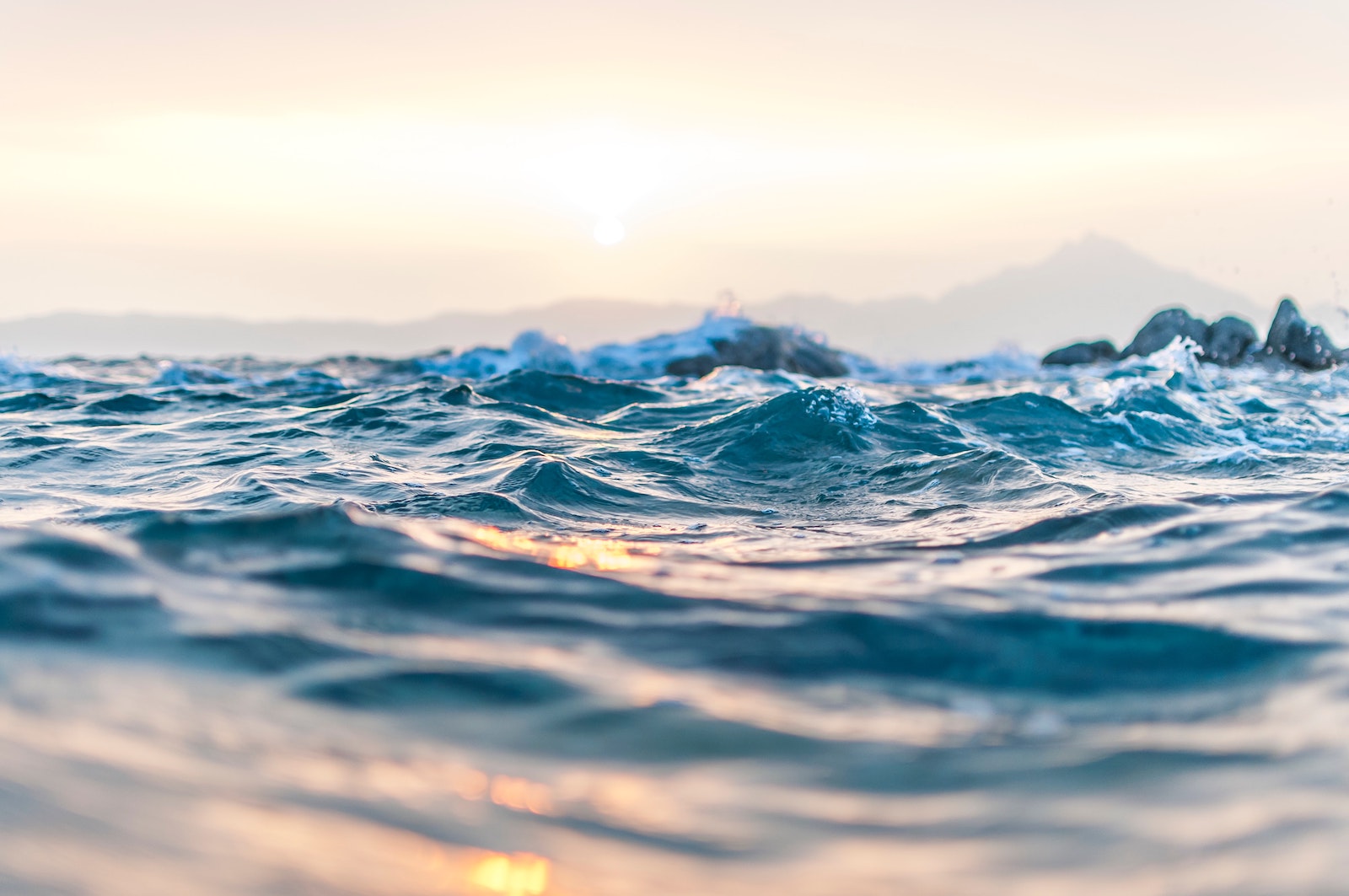

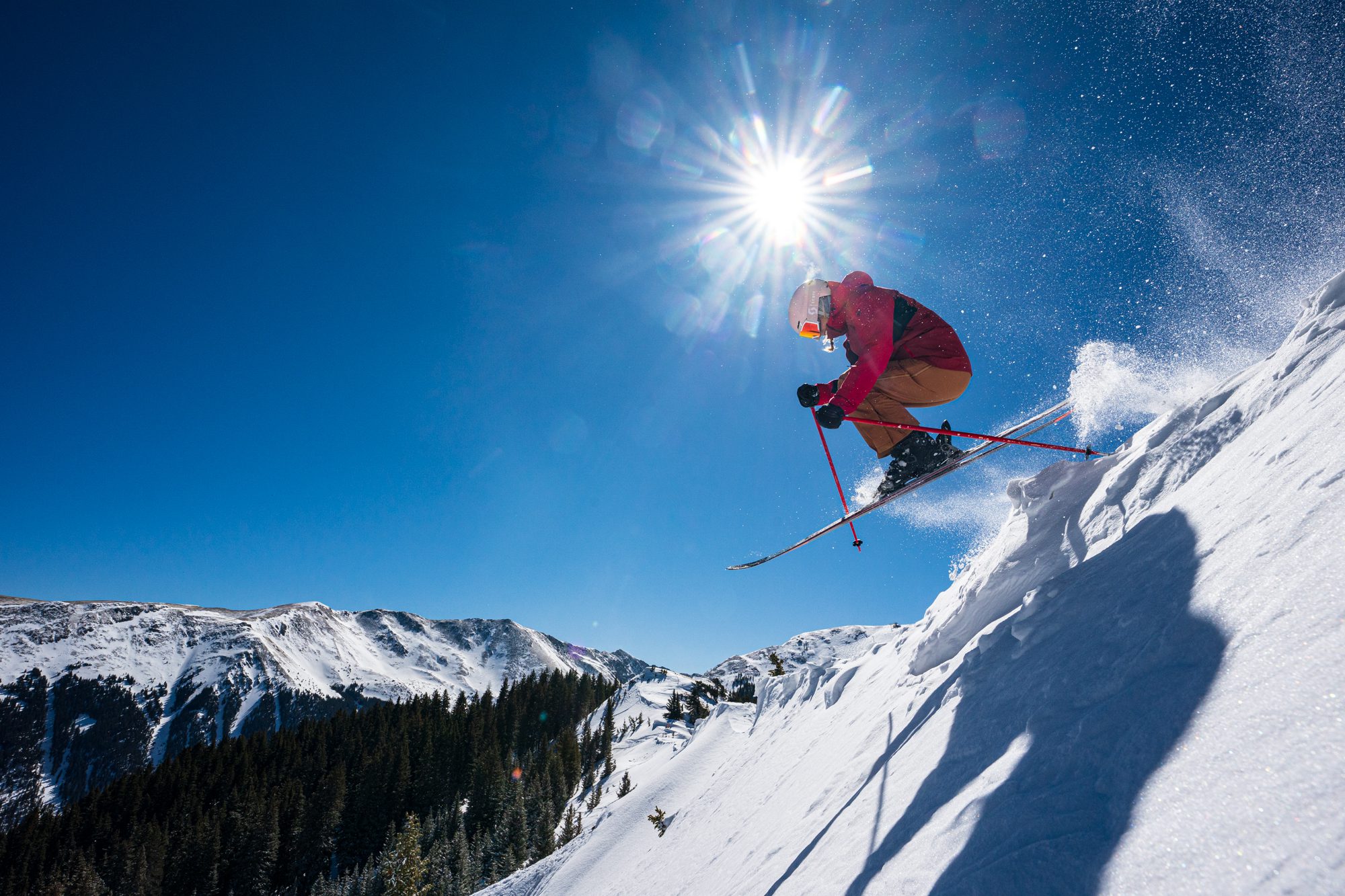








![Run An Ecommerce SEO Audit in 4 Stages [+ Free Workbook]](https://api.backlinko.com/app/uploads/2025/06/ecommerce-seo-audit-featured-image.png)

